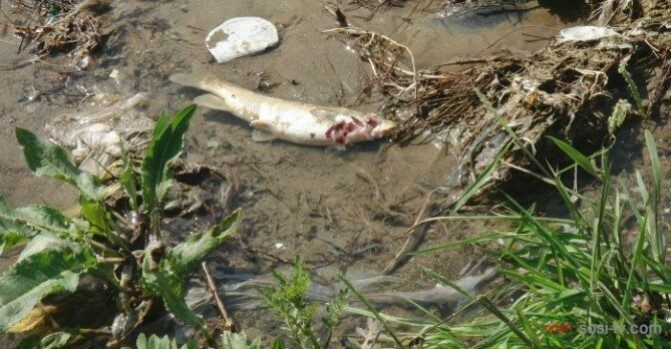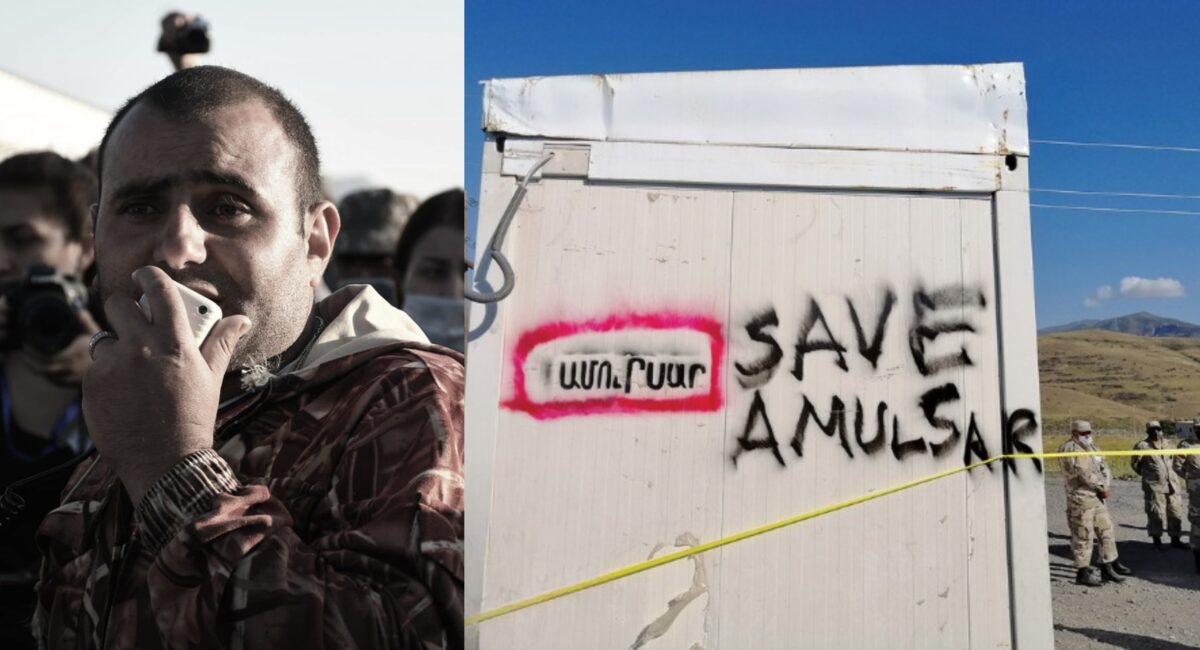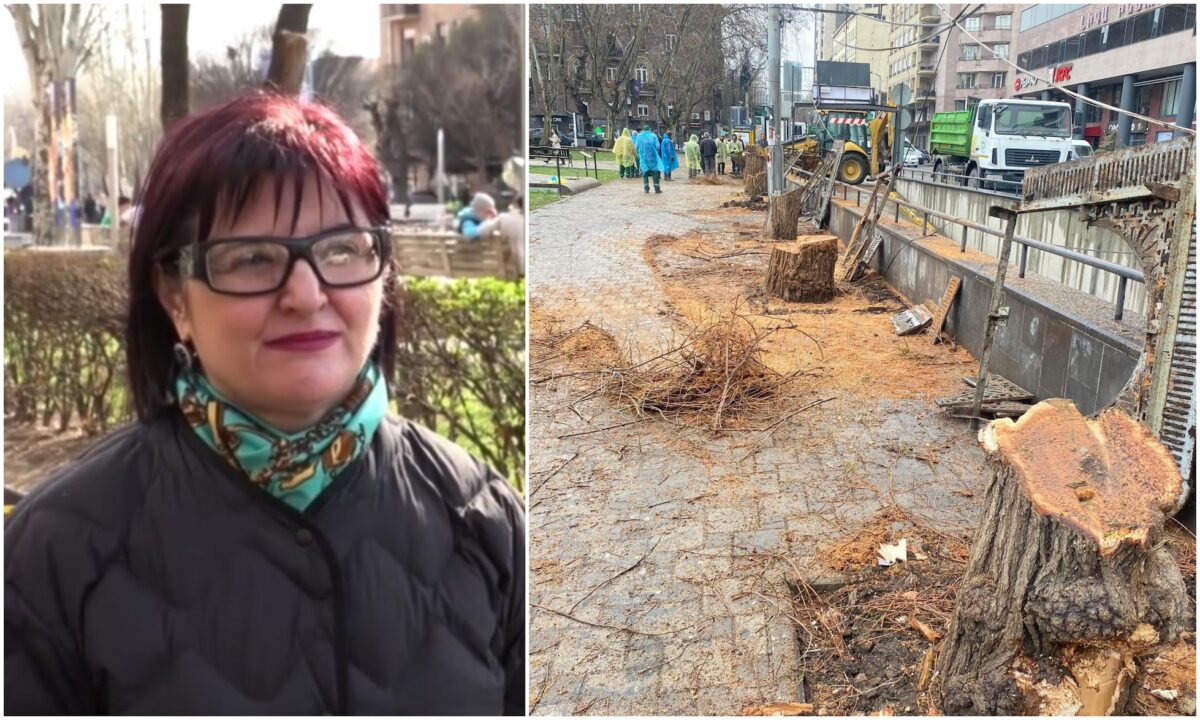In the recent years, the environmental pollution cases due to activities of various organizations are heard of more often.
Including large quantities of pollutant discharges into water basins, tailing related accidents and exceedance of air pollution quotas by mining companies in Alaverdi, Ararat, Hrazdan and Yerevan, as well as irreversible losses caused to flora and fauna of Tavush and Lori regions. This list can be continued, but it is clear that the issues of environmental pollution in Armenia are mainly connected to inadequate regulation of damage compensation, which in turn leads to irresponsible approach towards the environment.
In view of the above, the OSCE Office in Yerevan has envisaged an assistance program for the improvement of existing environmental damage regulatory system. Within the framework of the latter it is designed to develop a package of proposals aimed at bringing the existing legislation in line with current situation. This activity is based on EIA law and the agreement with the Ministry of Nature Protection.
Currently two main tool sets are used for environmental management, including:
-
Command and control instruments, including licenses, permits, quotas and restrictions,
-
Economic instruments, including fees, subsidies, promotions and other tools that affect the behavior of polluters.
From the management point of view, the combination of these two sets of instruments is the most reasonable. For example, environmental charge for air pollution can limit the amount of air pollution as an economic instrument which will make the polluter think of cleaner technologies and pollution reduction in order to pay less. However, at the same time, command and control instruments should set the maximum amount of pollution the exceedance of which should lead to the cessation of the activity, regardless of the size of the fees payable.
Currently, implementation of prevention measures is more acceptable as compared to introduction of payment system in the international practice. The first step is the consideration of damage restoration in case of impossibility of its prevention, while in case of impossibility of its restoration the second step is the introduction of payments system. Environmental damage restoration cost is usually calculated in case of consideration of financial compensation.
In the Republic of Armenia this sector is regulated by the following legislative acts:
-
The RoA law on “damage compensation tariffs to the flora and fauna in the result of environmental violations”[1];
-
Decision N:92-P “on approving procedures for economic impact assessment for land resources”[2] adopted by the RA government on 2005.01.25 to regulate disturbance, pollution and littering, as well as other soil related adverse impacts;
-
Decision N: 91-P “on approving procedures for economic impact assessment for atmospheric air”[3] adopted by the RA government on 2005.01.2 to regulated air pollution related adverse impacts;
-
Decision N: 1110-P “on approving procedures for economic impact assessment for water resources”[4]adopted by the RA government on 2003.08.14 to regulated water related adverse impacts.
The above-mentioned legislative regulations serve as basis for the assessment and calculations of damages caused to individual environmental components, but are not used to assess damages caused to the entire ecosystems. For example, according to the law on “damage compensation tariffs to the flora and fauna in the result of environmental violations” instead of calculation of damage in the result of logging of forested areas for implementation of other economic activities only timber is being calculated.
Current basis for assessment of damages caused to the environment is not only outdated and does not correspond to actual damages, but also contradicts to the current system of environmental and nature use charges.
For example, charges for illegal water use are established not only according to law on environmental and nature use charges, but also by economic impact assessment procedures for water resources.
Thus, the legal basis of environmental damage calculation, as well as pollution and nature use charges systems of the Republic of Armenia need to be improved and clarified.
It is most convenient to apply damage calculation procedures to calculate and compensate the damage caused to the environment in the result of illegal or without permission activities and nature use and protection charges may be used to regulate pollution volumes and resources use prescribed by legally issued permissions.
At the same time, environmental damage calculation procedures can serve as basis for the revision of tariffs of environmental and nature use charges.
According to the newly adopted law on environmental impact assessment, it has already been established that during the first phase of the EIA process economic valuation of possible damage caused to the environment should be carried out. The methodology of this economic valuation was to be developed by the Ministry of Nature protection of the Republic of Armenia. Currently, the RoA government has approved a decision No 764 as of 2015 on ”procedure of calculation and compensation of economic damage’’, which is the unification of all the above-mentioned laws and procedures and does not reflect the actual damage caused to the environment. The revision of the existing damage calculation procedures can serve as basis for EIA process and an also include assessment of ecosystems and ecosystem services.
Currently applied charge rates for compensation of the damage caused to the components of the environment not only damage sizes and compensations, but also main macroeconomic indicators are distorted due to inadequacy between the current system of environmental and nature use charges.
In 2013, damage compensation costs for all components of environment totaled to about AMD 130 million, including damage related violations to underground resources, water and land resources, air basin, wastes, flora and fauna.
Basic indicators of environmental violations,
Source: RoA National Statistical Service
Table 1
|
|
2008 |
2009 |
2010 |
2011 |
2012 |
2013 |
|
|
Verified number of organizations, units |
1 752 |
725 |
385 |
186 |
156 |
88 |
|
|
Detected violations of environmental legislation, unit |
1 417 |
823 |
769 |
1 197 |
872 |
774 |
|
|
Damage compensation records
|
Quantity, unit |
466 |
413 |
446 |
599 |
518 |
480 |
|
Sum, mln AMD |
267.1 |
152.6 |
153.6 |
138.9 |
136.9 |
133.0 |
|
|
Materials transferred to the judicial authorities |
208 |
256 |
234 |
294 |
176 |
274 |
|
The number of detected environmental violations by environmental directions, unit Source: RoA National Statistical Service
Table 2
|
Direction |
2008 |
2009 |
2010 |
2011 |
2012 |
2013 |
|
Subsoil |
113 |
32 |
38 |
64 |
8 |
3 |
|
Water Resources |
279 |
101 |
129 |
72 |
71 |
43 |
|
Air basin |
454 |
180 |
100 |
106 |
57 |
43 |
|
Land Resources |
90 |
70 |
57 |
57 |
75 |
57 |
|
Waste |
– |
– |
– |
21 |
9 |
6 |
|
Eco-Expertise |
– |
– |
– |
5 |
8 |
2 |
|
For failure to submit a report within the prescribed period |
– |
– |
– |
172 |
117 |
84 |
|
Flora |
379 |
335 |
306 |
498 |
434 |
438 |
|
Fauna |
102 |
105 |
139 |
202 |
93 |
98 |
|
Total |
1417 |
823 |
769 |
1197 |
872 |
774 |
To be continued
Erik Grigoryan


















